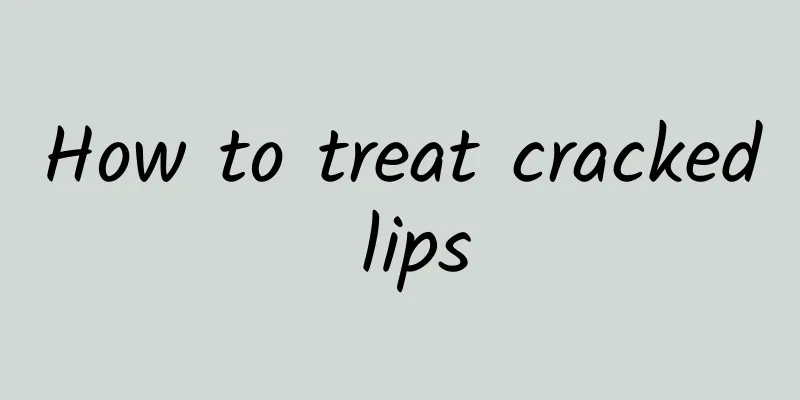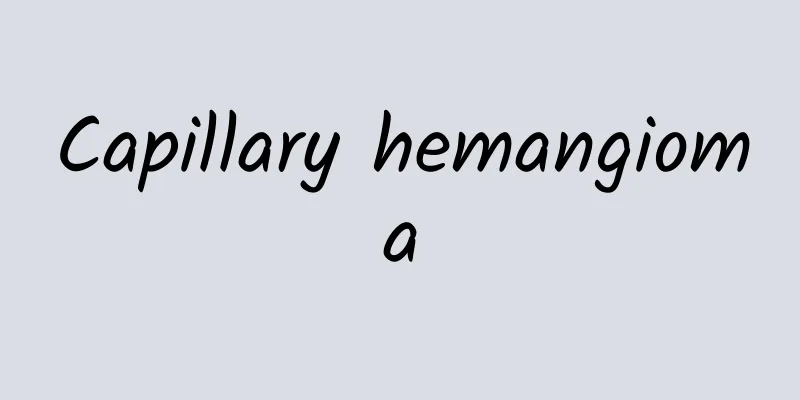What are the disadvantages of soft endoscope lithotomy?

|
Because this is mainly a method of symptomatic treatment, as long as the patient meets the criteria for this surgery, there is no need to worry about complications and side effects after the surgery. In addition, you need to be careful when performing soft endoscope lithotripsy to understand the relevant usage methods and processes, as well as the population and precautions. Introduction Ureteroscopy is divided into rigid ureteroscope and flexible ureteroscope. Flexible ureteroscope can reach the upper ureter and even the kidney, and can easily treat upper urinary tract stones without surgery. Rigid ureteroscope is easy to operate, safe and non-invasive for stones in the middle and lower ureters. It greatly alleviates the patient's pain, reduces the occurrence of complications, and removes stones completely. Suitable population : Ureteroscopy can be used to remove stones in any part of the ureter, but extracorporeal shock wave lithotripsy is generally the first choice for ureteral stones. Ureteroscopy can be used to treat ureteral stones that are difficult to position with extracorporeal shock wave lithotripsy, fail to treat, or form "stone streets" after lithotripsy. If the stone diameter is less than 0.8 cm, the shape is regular, the surface is smooth, there is a gap between the stone and the ureteral wall, and there is no ureteral polyp surrounding the stone, lithotripsy can be used; if the stone diameter is greater than 0.8 cm, the shape is irregular, the surface is not smooth, the stone is incarcerated or surrounded by polyps, and a "stone street" is formed after ESWL, lithotripsy can be used. Rigid ureteroscope: stones in the middle and lower ureter, Flexible ureteroscope: stones in the middle and upper ureter. Advantages and features 1. Flexible ureteroscope can reach the upper ureter and even the kidney, and can easily treat upper urinary tract stones without surgery. 2. Rigid ureteroscope is easy to operate, safe and non-invasive for stones in the middle and lower ureters. It greatly alleviates the patient's pain, reduces the occurrence of complications, and removes stones completely. Contraindications ① Systemic hemorrhagic diseases. ② Uncorrected severe hypertension, diabetes and heart failure. ③In the acute phase of urinary tract infection, the procedure can only be performed after the infection is controlled. ④ The ureteral opening and ureteral wall segment are narrow and the ureteroscope still cannot pass through after dilation. ⑤ There is a history of pelvic trauma, surgery and radiotherapy that leads to ureteral scar stenosis, and the stone is above the stenosis. |
<<: Brown blood after miscarriage
>>: Allergic rhinitis itchy ears
Recommend
Can scraping reduce internal heat?
Nowadays, people have more and more food choices,...
What causes folliculitis in the lower body?
Folliculitis is a hair disease that occurs on the...
Can people with uterine fibroids eat soybeans?
Uterine fibroids are a common gynecological disea...
What is simple nephrotic syndrome?
Kidneys, we know that they are very important. Ev...
How to turn white scars back to flesh color
White scars are also common in our daily life. Wh...
How to make the best calcium supplement in pork bone soup
Pork bone soup is usually best supplemented with ...
Will Liuwei Dihuang Pills cause internal heat?
"Shanghuo" is a term in traditional Chi...
Efficacy and function of seaweed
Sea lettuce is a traditional Chinese medicinal ma...
Cardiac neurosis
There are many types of diseases. When treating a...
What are the side effects of far infrared plaster?
Nowadays, many people are beginning to pay attent...
What should I do if the corners of my eyes open differently?
Many people will open the canthus directly when d...
Can egg skin cure stomach problems?
Egg shell has a certain effect in treating stomac...
What's wrong with the little boy who always wants to pee?
Under normal circumstances, if a child does not d...
Artemisia argyi pictures
Mugwort is the most common natural woody plant in...
The harm of mung bean powder mask
Mung bean powder mask is also a common type of ma...









